Madame Tussauds London
Explore
Visit The Natural History Museum in London, home to over 80 million specimens. Discover dinosaurs, immersive exhibits, and the marvels of the natural world.
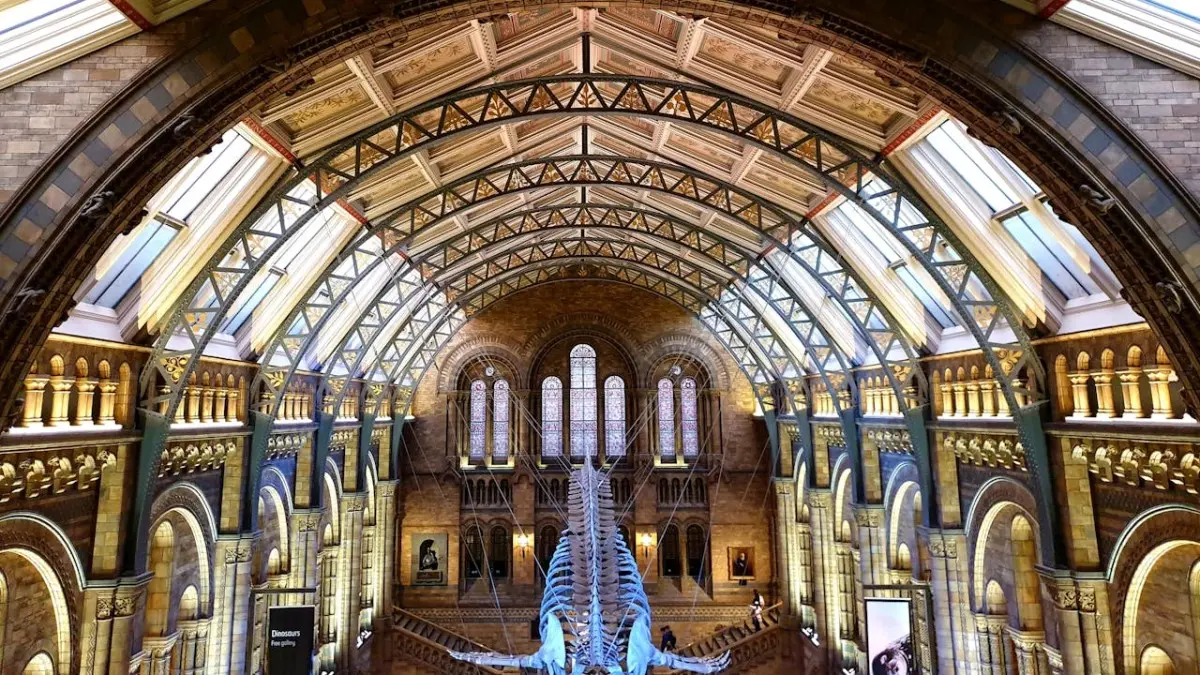
The Natural History Museum, located in South Kensington, London, is one of the world’s most iconic museums dedicated to the wonders of the natural world. Housed in a stunning Romanesque-style building, the museum is home to over 80 million specimens, offering an extraordinary journey through Earth’s history, from prehistoric dinosaurs to the diversity of modern ecosystems. Visitors of all ages can marvel at the life-sized blue whale skeleton suspended in Hintze Hall or step back in time with the museum’s extensive fossil collection.
The museum’s interactive galleries bring science to life, allowing guests to experience the forces of nature, explore Earth’s geology, and learn about the origins of life. Educational and family-friendly, the museum regularly hosts temporary exhibitions, workshops, and events, providing a dynamic and engaging experience for all visitors. Highlights like the animatronic T-Rex and the immersive Earthquake Simulator are especially popular with children and families.
Beyond its world-class exhibitions, The Natural History Museum is a centre for scientific research and education. Its serene outdoor garden offers a tranquil retreat and opportunities to explore the native flora and fauna. With free entry to the permanent exhibits, this museum remains a must-visit destination for anyone curious about the natural world and our place within it.
Marvel at the museum’s centerpiece, a life-sized skeleton of a blue whale suspended dramatically in the grand Hintze Hall.
Step into the prehistoric world with the museum’s extensive dinosaur exhibits, featuring fossils, skeletons, and the crowd-favorite animatronic T-Rex.
Explore the planet’s geology and tectonic activity in this interactive gallery, where visitors can experience an earthquake simulation.
Discover native plants and animals in the museum’s serene garden, a haven for biodiversity in the heart of London.
Why not make a weekend of it? Explore Nearby Attractions. Scroll to zoom in or out on map.
Curious about The Natural History Museum? We've compiled answers to the most frequently asked questions to help you uncover the highlights and visitor essentials.
The Natural History Museum is a leading museum in London showcasing the wonders of the natural world, including fossils, minerals, and wildlife exhibits.
Yes, general admission is free, though some temporary exhibitions may require tickets.
Absolutely! Highlights include the animatronic T-Rex, Earthquake Simulator, and interactive geology and biodiversity galleries.
Yes, the museum features restrooms, a gift shop, and the T. Rex Grill café offering meals and refreshments.
Nearby attractions include the Science Museum, the Victoria and Albert Museum, and Hyde Park.
Make your trip unforgettable by exploring these nearby attractions during your visit.
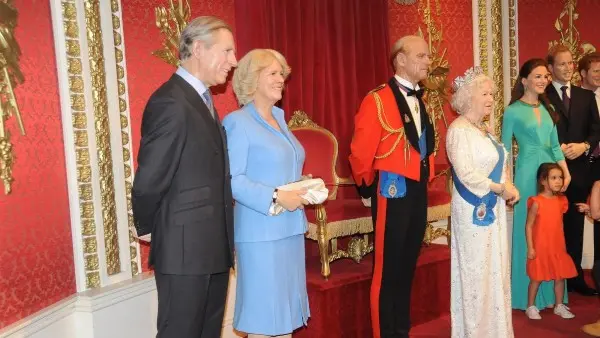 Marylebone
Marylebone
 Westminster
Westminster
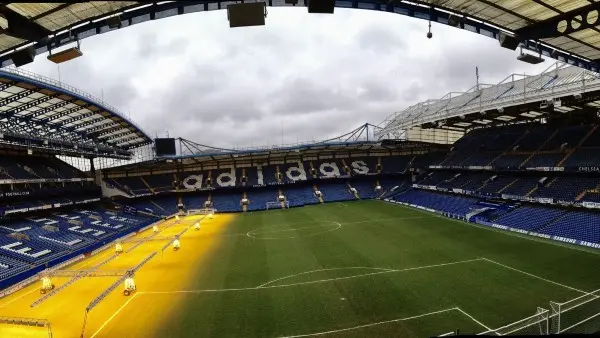 Chelsea
Chelsea
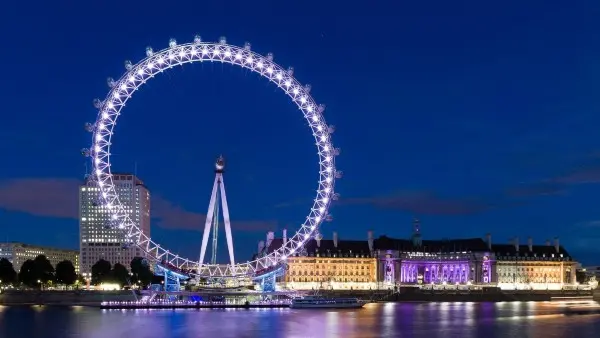 Westminster
Westminster
 Notting Hill
Notting Hill
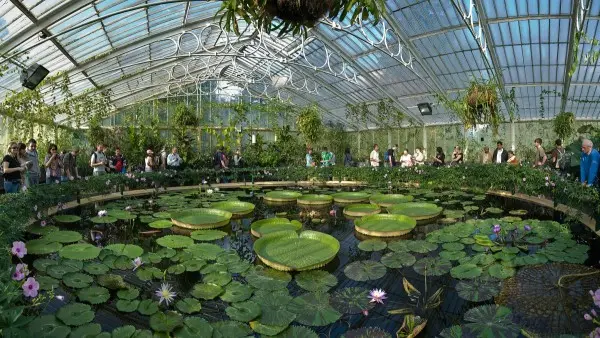 Richmond
Richmond
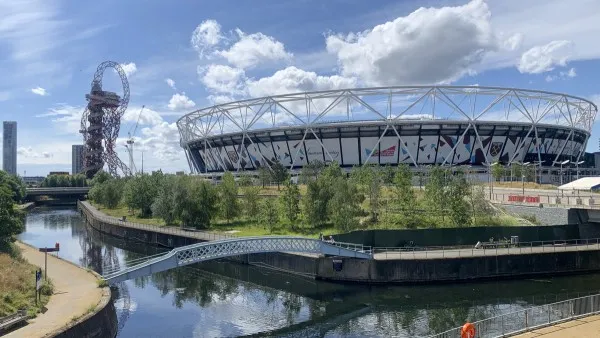 Stratford
Stratford
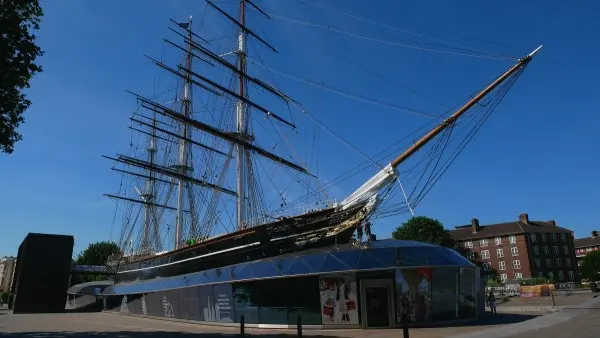 Greenwich
Greenwich
 Westminster
Westminster
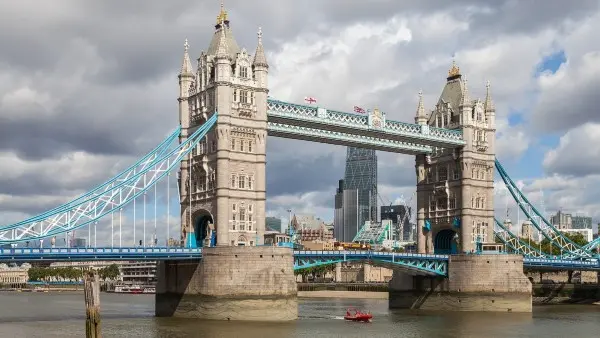 London Bridge
London Bridge
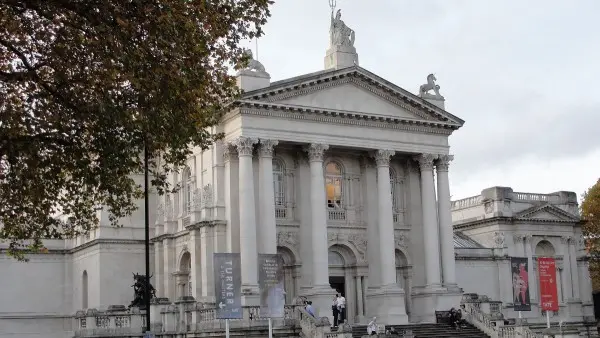 Westminster
Westminster
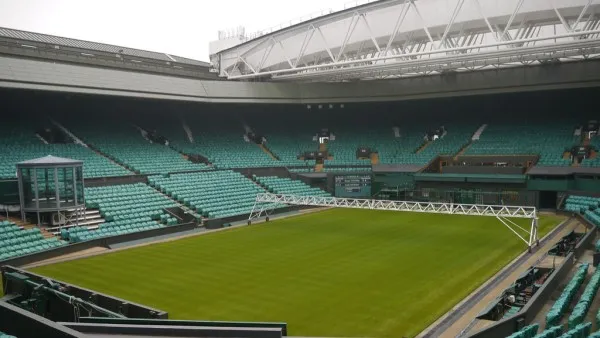 Wimbledon
Wimbledon